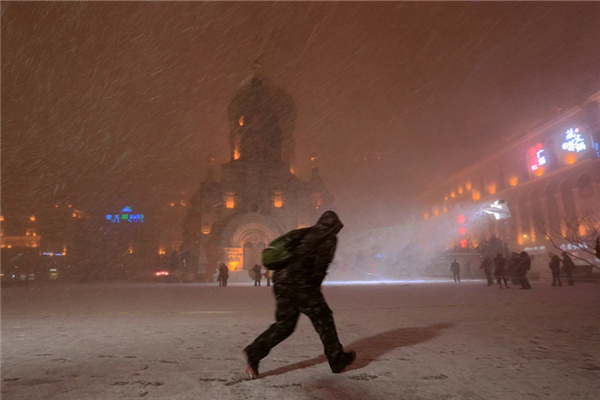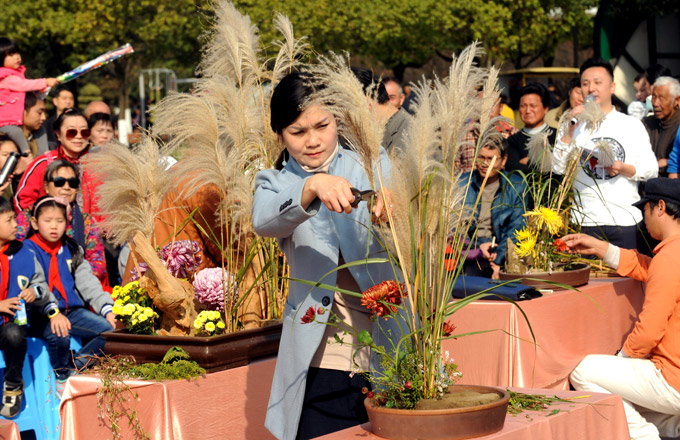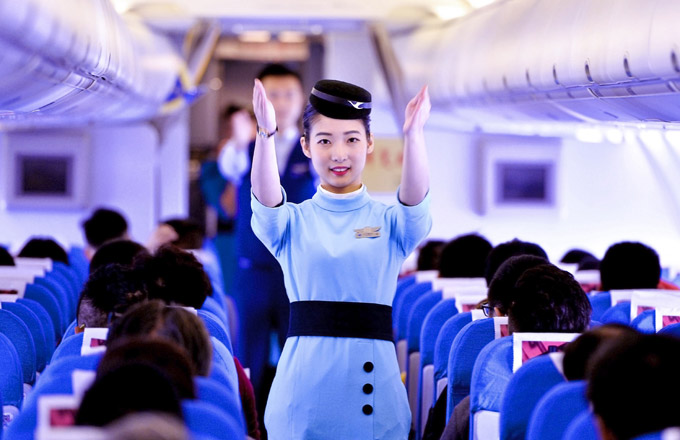

Hawaii, known as the islands of Aloha, is looking to China's growing outbound tourism market as a much-needed new gold mine with its travel industry struggling out of a slump.
The US state is expecting the number of Chinese visitors to double annually with a non-stop flight to be launched early next year and the Chinese people's rising living standards that allow them to travel abroad more frequently.
"With a 9 percent increase in GDP in the third quarter, China's continuing economic recovery is critical to the recovery worldwide, as well as to Hawaii's economy. It is important for Hawaii to continue to strengthen our partnership with China so that our local businesses have the opportunity to capitalize on this large, emerging market," said Linda Lingle, governor of Hawaii.
"For many years, Japan has been our major overseas market, and Hawaii did a lot to welcome the Japanese to our state. We are now equally excited to have visitors from China," Lingle said.
Lingle made the remarks during a two-week trip to China at the beginning of November. The trip came at a time when the state is suffering financial pains from a drop in revenues, particularly those related to tourism.
Hawaii started to see the number of visitors decline in March 2008 and the slump did not stop until July this year, mainly due to the global financial crisis and the contraction in global consumer confidence, according to the state's tourism authorities.
China's Hainan Airlines received approval from the US Department of Transportation last month to begin nonstop service from Beijing to Hawaii.
The airline is planning one flight a week early next year using a twin-aisle wide-body aircraft. The airline is expected to eventually increase the frequency of the Beijing-Honolulu service to three flights a week as demand builds.
The first nonstop scheduled service from China to Hawaii would provide a big boost for the long-anticipated increase in Chinese visitors, said Kelvin Bloom, board chair of the Hawaii Tourism Authority.
Hawaii welcomed about 10,000 Chinese visitors a year in the early 1990s. That jumped to about 30,000 by 1998 and doubled to nearly 60,000 last year, Bloom said.
Bloom said the state is expecting 100,000 Chinese visitors in 2010, thanks to a Memorandum of Understanding (MOU) signed in June last year to allow for increased group leisure travel from China to the United States and the first nonstop scheduled airline service from China to Hawaii.
The MOU was expanded earlier this month to allow Chinese citizens from a total of 21 provinces to visit the United States in tour groups.
"We hope in the coming years we will be able to enjoy the number of Chinese visitors doubling each year," Bloom said.
China, with its rising incomes, is becoming a major source of tourists in the world. The World Tourism Organization said China has already overtaken Japan to become Asia's largest source of outbound travelers and could become the world's fourth-largest source of outbound tourism by 2020.
Lingle said visa application to the US should not be an obstacle to traveling to Hawaii.
During her visit to China, she proposed to US Ambassador John Huntsman that the embassy establish set interview times for Chinese travelers applying for a visa, designate a point-of-contact at each US consulate in China to focus on the visa issue and determine a process to facilitate last-minute travel applications.
The Hawaiian government also urged the local travel industry to prepare to welcome more Chinese visitors.
For example, Starwood Hotels and Resorts Hawaii, one of the larger hotel groups in Hawaii, recently finished the first round of Chinese language and culture training for 1,000 employees at its four hotels along Waikiki beach in Honolulu, Oahu.
Besides basic language training, the program focuses on cultural briefings on what to do and what not to do in the Chinese culture, said Li Wei, director of business development in China for Starwood Hotels and Resorts Hawaii.
For example, Chinese visitors are usually greeted by shaking hands, instead of bowing to each other like the Japanese, Li said.
(China Daily 11/09/2009 page5)













